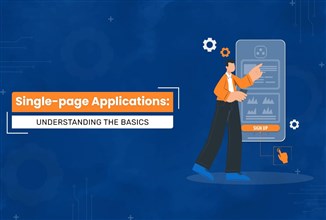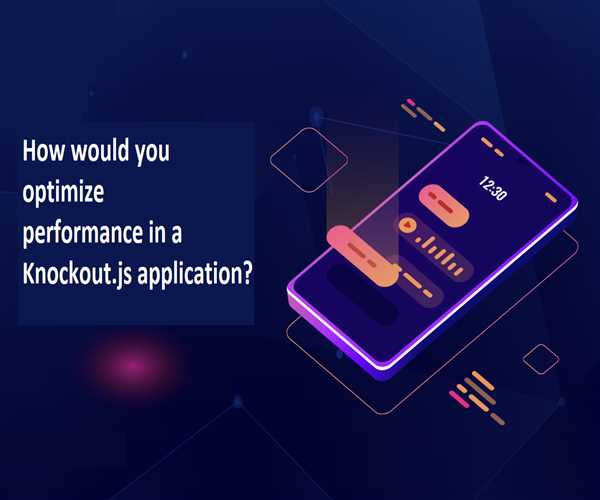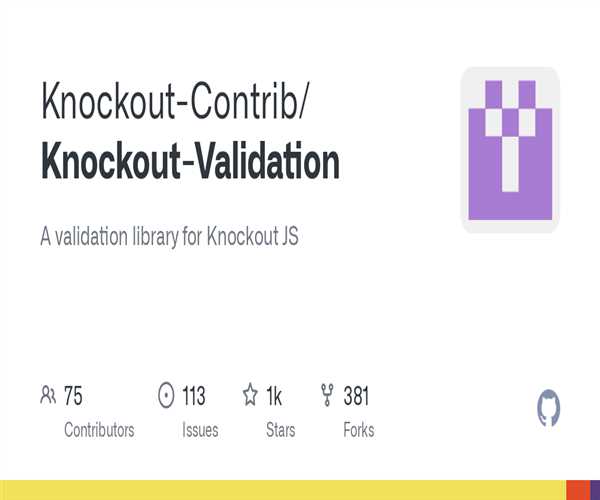category
home / developersection / category
Best practices for structuring Knockout.js applications
Structuring a Knockout.js application well from the start makes your app easier to maintain, scale, and debug.
Creating Single Page Applications (SPAs) with Knockout.js
Single Page Applications (SPAs) have transformed how we build web apps by providing a seamless user experience without full-page reloads.
Implement encryption and decryption in KnockoutJS
Encrypting data in Knockout.js typically involves using JavaScript libraries for encryption combined with Knockout's data-binding capabilities.
CRUD operation in knockoutjs using AJAX.
Creating a CRUD (Create, Read, Update, Delete) application using KnockoutJS with AJAX involves several steps.
Advanced techniques in KnockoutJS for managing complex data models and optimizing performance?
Managing complex data models and optimizing performance in Knockout.js can be achieved through a combination of advanced techniques and best practices.
How would you optimize performance in a Knockout.js application?
Optimizing performance in a Knockout.js application involves several strategies to enhance rendering speed, reduce memory consumption.
How would you handle data fetching and updating in a Knockout.js application?
Handling data fetching and updating in a Knockout.js application involves integrating your ViewModel with AJAX calls to your server.
Integrating Knockout.js with RESTful APIs
Integrating Knockout.js with RESTful APIs allows you to fetch data from a server and update your UI dynamically.
Handling Click Events and User Interactions in Knockout.js
Handling click events and user interactions in Knockout.js is quite straightforward, thanks to its powerful binding capabilities.
Getting Started with Templates in Knockout.js: How to Organize and Reuse UI Components
Templates in Knockout.js provide a powerful way to organize and reuse UI components, making your code more modular and maintainable.
Client-Side vs. Server-Side Validation: When to Use Each in Knockout.js
client-side and server-side validations are important in ensuring data integrity and providing a smooth user experience.
Integrating KnockoutJS with other technologies like ASP.NET, Node.js, or RESTful APIs?
Integrating KnockoutJS with other technologies like ASP.NET, Node.js, or RESTful APIs can significantly enhance the functionality and user experience of your we












